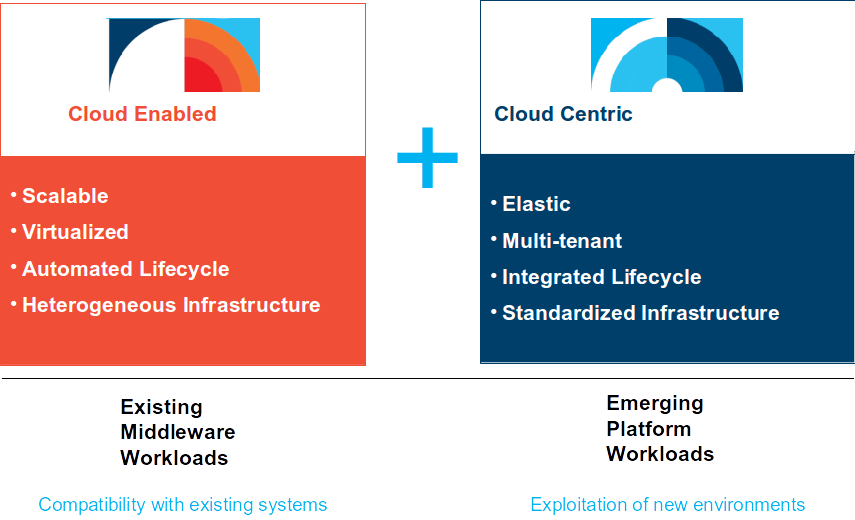While cloud adoption booms around the world, Europe (especially Western Europe) seems to be moving at its own pace. This is somewhat surprising, because Western Europe is a high cost and high price market where adoption of new technologies used to be considered a differentiator against competition. This seems not to be the case for cloud computing—but why?
Let’s look at who can easily adopt cloud. The startup companies who save initial investment by not buying hardware themselves and receiving cloud services are great candidates. Especially when they intend to grow fast in the early years, cloud provides a perfect scalable platform. Traditionally, there are more startups based in the Americas and nowadays also in the Asia Pacific region than in Europe. One reason for that might be the amount of available venture capital. Europe tends to be more conservative and may take less risk in investments.
But, beside the startups, there are many mature companies and enterprises in Europe. Why are they adopting cloud more slowly?
One root cause is the diversity of national countries. This has a major impact on the following two areas that are prerequisites for successful cloud adaption:
Regulatory compliance issues: Every European country has its own set of data privacy rules and legislation. When using cloud computing, it is very likely that national boundaries are crossed, either by using a data center in another country or because the cloud service provider uses operational personnel sitting in a third party country. To be clear, this is not a potential show stopper, it just adds complexity. A CIO might feel safer keeping the data on his own property, just to be sure. The recent discussions about the NSA surveillance program and the US Patriot Act does not help here either.
Wide area network costs: Another disadvantage which directly derives from national diversity is the cost of wide area networks. International lines cost significantly more than data links within a country. This is caused by the original European structure of national carriers holding monopolies on the last mile.
But, beside national boundaries, client readiness is often a big blocker for cloud adoption. Many enterprises maintain security policies that are just not cloud ready. The cloud provider needs to be treated as a trusted partner and not as a third party. Many security policies are not flexible enough to adapt to the standards of the cloud provider.
Another reason is that many companies are not ready yet to give up a certain degree of control. This is not only in respect to infrastructure architecture, but also about server management. Servers in the cloud are still considered owned virtual machines. In reality, receiving cloud services means to use a cloud platform provided and owned by the cloud service provider.
As the world continues to adopt cloud, the situation starts to improve. More and more client decision makers understand the opportunities provided by cloud computing and are willing to invest. Regulatory compliance is starting to be more and more aligned, especially in the European Union. Lets see how cloud adoption develops in Europe!
